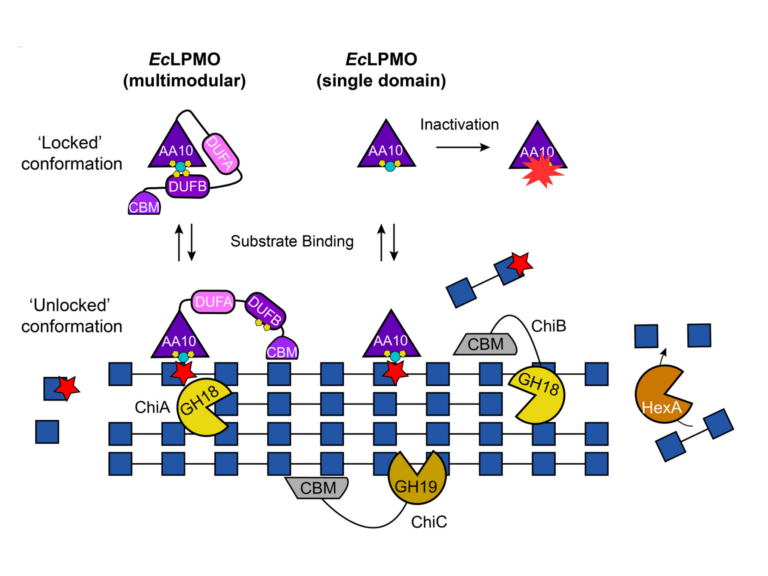The leucine-rich repeat receptor kinase QSK1 is a novel regulator of PRR-RBOHD complex and is employed by the bacterial effector HopF2Pto to modulate plant immunity
Plants detect pathogens using cell-surface pattern recognition receptors (PRRs) like EFR and FLS2, which recognize bacterial EF-Tu and flagellin, respectively. These PRRs, belonging to the leucine-rich repeat receptor kinase (LRR-RK) family, activate the production of reactive oxygen species via the NADPH oxidase RBOHD. The PRR-RBOHD complex is tightly regulated to prevent unwarranted or exaggerated immune responses. However, certain pathogenic effectors can subvert these regulatory mechanisms, thereby suppressing plant immunity. To elucidate the intricate dynamics of the PRR-RBOHD complex, we conducted a comparative co-immunoprecipitation analysis using EFR, FLS2, and RBOHD. We identified QSK1, an LRR-RK, as a novel component of the PRR-RBOHD complex. QSK1 functions as a negative regulator of PRR-triggered immunity (PTI) by downregulating the abundance of FLS2 and EFR. QSK1 is targeted by the bacterial effector HopF2Pto, a mono-ADP ribosyltransferase, resulting in the reduction of FLS2 and EFR levels through both transcriptional and transcription-independent pathways, thereby inhibiting PTI. Furthermore, HopF2Pto reduces transcript levels of PROSCOOP genes encoding important stress-regulated phytocytokines and their receptor MIK2. Importantly, HopF2Pto requires QSK1 for its accumulation and virulence functions within plants. In summary, our results provide novel insights into the mechanism by which HopF2Pto employs QSK1 to desensitize plants to pathogen attack.


